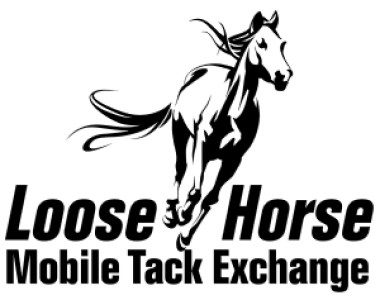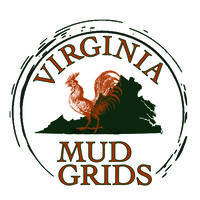Babbler: A hound that gives tongue (speaks) simply from excitement, without regard for the line (scent).
Biddable: A hound that obeys well and is responsive to the huntsman. He can be lifted off one line brought to a new line and will hunt that line. He only hunts foxes, not any other game.
Break Covert: A fox breaks covert (cover) when he runs out of it
Breast High: The scent is said to be breast-high when it rises to the level of the hounds’ noses so they can hunt at top speed.
Brush: The fox’s tail.
Colors: A collar of definite color registered for a particular Hunt.
Country: The area assigned to a Hunt.
Couple: Foxhounds are coupled together (attached by leather collars) by twos. Foxhounds are always counted by twos known as a couple.
Covert: (Pronounced “cover”.) An area, usually wooded, which provides protection for animals.
Cry: The voice of a foxhound pursuing quarry is called a cry, or, giving tongue. Full cry occurs when every hound in the pack cries on the line of a fox.
Cub Hunting: The weeks preceding the beginning of formal fox hunting are known as the cub hunting season. It is technically incorrect to refer to this as Cubbing Season, although the expression is widely used
Cub: A young fox.
Cur Dog: Any dog, other than a foxhound, is known as a cur dog by fox hunters
Draw: The Huntsman and hounds are said to “draw a covert” when they search every part of the covert for a fox.
Field: Those who follow foxhounds on horseback, other than the Hunt staff, are known as the Field. They are usually led by a Field Master. The fields are often split into First Flight, Second Flight, and Third Flight depending on the size of the group. The first flight attempts to keep up with the huntsman and jumps obstacles as necessary. The second flight attempts to keep up with the huntsman but usually goes through gates rather than jumping obstacles. The third flight moves at a slower pace with the goal of maintaining a view of the huntsman and field, often known as “hill-topping”.
Fixture Card: Lists the dates, times, and places where hounds and riders will meet during the ensuing month.
Foil: When a fox doubles back on his line, he is said to “run his foil.” Ground is foiled when it bears some scent (sheep, cattle, etc.) besides that of a fox.
Go To Ground: A fox “goes to ground” when it takes refuge in a hole.
Gone Away: The call “gone away” indicates the fox has left the covert.
Guests: Guests are encouraged, but they must have permission from a Master, be properly attired, and be accompanied by a member of the Hunt.
Hark: A command used by the Huntsman to encourage hounds to listen.
Hit the Line: A hound hits the line when he finds the line (scent) and gives tongue.
Hold Hard: Stop, please!
Holloa: Pronounced, “Holler.” The high-pitched call of someone such as the first Whipper-in who views (sees) a fox breaking covert.
Huntsman: The Huntsman is in charge of and directs the hounds on hunting days. When the Master or an amateur hunts hounds, he or she is known as the Honorary Huntsman.
Lark: To “lark” is to jump fences when hounds are not hunting or when on the way home after hunting. The Farmington Hunt does not recommend larking.
Make Way: If the Huntsman wants to warn the Field of the approach of hounds, he or she will say “Hounds please,” “Huntsman please,” or “Make way.”
Mask: The head of a fox.
Meet: The place where hounds, horses, staff, and Fields gather to begin hunting.
Override: To ride too close to the hounds.
Pocket: A member of the Field is guilty of riding “in the Huntsman’s pocket” when he continually gets so close as to interfere with hunting the hounds.
Ratcatcher: A term used to designate the informal clothes worn during the cub hunting season.
Rate: To rate a hound is to scold him.
Reverse Field: When the field needs to go in the opposite direction. Riders should pull off the trail, turn their horse’s head to face the trail, and let the Field Master pass. A similar protocol may be required when making way for staff or a different field: riders pull off the trail, facing their horses heads in the direction of the trail and then moving off again in order when indicated by the Field Master.
Riot: When hounds hunt forbidden quarries (for example a deer).
Scat: Fox manure
Scent: The odor is emitted from the glands of animals that are left on the ground, thus leaving a trail (line) that can be followed, i.e., fox by foxhounds.
Staff: The Hunt staff consists of the Master or Joint Masters, the Huntsman, the Whippers-In, and the Field Master.
Tally Ho: A call indicating the fox has been viewed.
Tongue: A hound is said to give tongue or to throw its tongue when it draws the first covert.
View: A fox is “viewed,” rather than “seen.”‘
Ware: This means beware of holes or wire, etc.
Whippers-In: The Huntsman’s assistants. If the Whipper-In is an amateur, he or she is called an Honorary Whipper-In.







